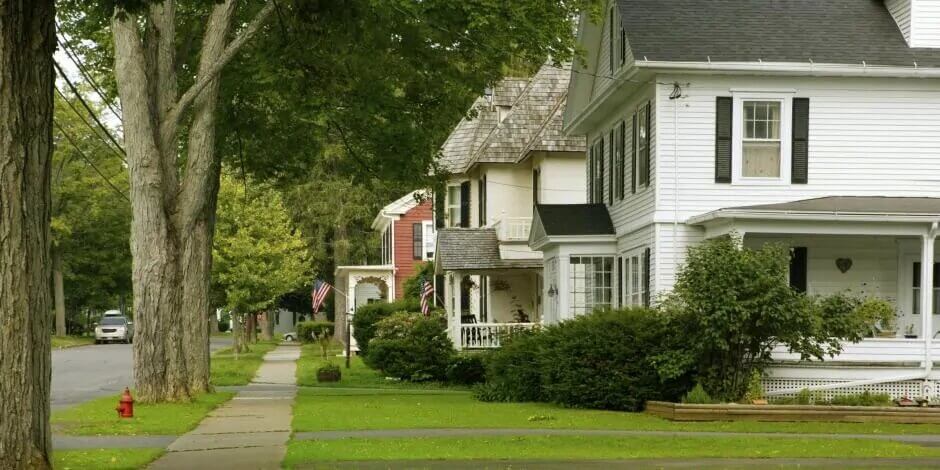

Many of our construction techniques have evolved by necessity due to how we live in our buildings. A great example of this is that 150 years ago in the warm South we started building elevated homes. This kept the house cool by allowing air to move underneath. We also began using high ceilings to allow the hotter air indoors to rise above the living space and constructed big wrap-around porches to shade the windows and keep direct sunlight out. All these changes helped create the Southern-style home most of us know and love.
Fast-forward to the 1960s when two building techniques collided – central air conditioning and mass production of homes. In this era, we saw shorter ceiling heights, smaller porches and, worst of all, ventilated crawlspaces. Our learned knowledge of passively conditioning houses gave way to cheaper building practices with no regard for the negative consequences.
Once we started mechanical ventilation of homes, the benefit of having a crawlspace that allowed air underneath the house became a huge negative. In the mid-1980s we started to figure out the negatives we were actually creating.
Here’s what was happening. Since we were now using AC systems, we closed all our windows and doors to keep conditioned air inside. Then, through air leakage in the bottom floor, the ventilated crawlspace became the greatest source of overall household ventilation. We call this process infiltration, meaning that air is coming into the home unintentionally through leaks in the home’s conditioned envelope.
Believe it or not, most of your home’s fresh air comes from leaks. Every plumbing pipe, electrical line, and air duct that comes up from the crawlspace creates a penetration that allows air from the crawl to enter the home. With a vented crawl, the foundation vents allow wind to blow into it, creating positive pressure in the crawl. This process pushes air into the home through all of those penetration points.
THERE ARE 3 MAIN REASONS WHY THIS IS A VERY BAD THING:
First of all, most crawlspaces are disgusting! Trust me, I have spent the last 20 years inspecting them and I can tell you almost every one of them has mold, dead rodents, feces from live rodents, the occasional actual live rodent, spiders (I hate spiders!), and often debris from the original construction of the home. This is not exactly the filter you want your indoor air passing through. It can cause some serious indoor air quality concerns.
Second, the air that blows in from outside is generally the opposite from the air you actually want inside your home. In summer, the hot humid air infiltrating your house makes it harder to cool and the extra humidity creates a muggy feeling that aggravates allergies. In the winter cold, dry air leaks in. This air sucks up what little humidity is in the air, making your home feel colder and less comfortable.
Third is what science calls stack effect. This is also referred to as the “chimney effect” because it’s how smoke rises out of your fireplace. Stack effect is, in its simplest definition, hot air rising and causing a negative pressure behind it. This creates a natural vacuum that is filled by cold air.
When cold air fills the vacuum in the warmer space, it creates additional pressure helping the hot air to rise. This is a bad thing in your home because just like all the plumbing, electrical, and duct penetrations in your crawlspace, your ceiling is full of holes too. A single uninsulated recessed light can waste as much as 20 hours of furnace run-time in the course of one winter.
WHAT YOU CAN DO:
According to the EPA, indoor air can be as much as 3 times dirtier than outdoor air, and ventilated crawlspace infiltration is one of the main culprits. As we’ve learned, infiltration also causes comfort and energy efficiency problems. Obviously, you want to solve these problems before winter hits.
Contact Synergy Home today at 859-687-0553 or request service online to schedule an evaluation of your home. We’ll walk you through the solutions!